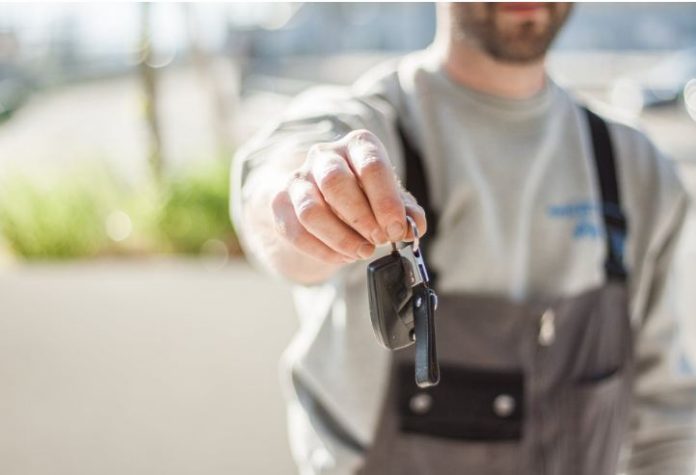When it comes to buying a used vehicle, people need to simply perform a few basic inspections prior to purchasing the vehicle.
Most of us do not look forward to going to a dealer, only to be greeted by some salesman who just wants to throw a sales pitch just so he can sell a car. And truthfully, there are a lot of vehicles out there that are just not a good value.
So what do you look for when purchasing your used vehicle? First we will start with the basics. Carefully look the body over.
Inspect the paint and make sure there are no mismatches or differences in color between the panels, as that could be a clue the car has been involved in an accident.
Look for paint on body moldings, glass components, and the undercarriage where visible. Make sure that all the body panels and doors line up properly.
Sometimes a door that squeaks harshly can be a sign of prior repairs. Open and close all the doors, the trunk, and the hood and make sure that they all operate properly and smoothly.
If you think the car may have been involved in an accident, point it out to the person selling it to you.
Sometimes they do not even know about it, but often you will find they will go into detail about what happened to the vehicle.
Do not be afraid to ask if you are in doubt. Minor accidents are acceptable if repaired properly, but a major accident could be a source of serious future problems.
Next, open the hood and check the fluids while the engine is cold. Pull out the engine oil dipstick and make sure that the oil is full and clean.
Check the radiator fluid also, but do not remove the radiator cap if the engine is hot! Check the fluid in the plastic overflow bottle, which should be near the radiator.
The fluid can be either red or green, depending on the vehicle. Just make sure it is not brown or discolored.
Next, check the engine operation when cold, if possible. Some engine noises can only be heard when the motor is cold, so check it when it is cold and let it warm up.
Make note of any unusual knocks, squeals, or anything that does not seem normal. If there is anything unusual here, trust your instinct and do not let the seller talk you into thinking there is nothing wrong, unless they are willing to fix the problem.
Also check the transmission fluid after the vehicle warms up, so an accurate reading can be measured on the transmission dipstick.
Most dipsticks will tell you whether to check it in neutral or park and where the fluid level should be.
Make sure the fluid is red in color, or close to it. If it is discolored and smells burnt, the transmission may have problems, and this could be an expensive repair.
Make sure that the brake fluid is full, as well as the power steering fluid. Most late-model vehicles have clear brake fluid reservoirs, making for easy inspection.
The power steering reservoir cap will often have a small dipstick attached to it, again to simplify inspection. A sign of low fluid in either system could be a sign of problems.
Next, close the hood and take the vehicle for a long test drive for at least 15 minutes. Drive it on the highway as well as in the city.
Listen for any unusual sounds, such as knocking noises, squeaking, wind noises or whining sounds of any type.
Make sure the brakes stop the vehicle smoothly and without noise or vibration. Again, drive the vehicle for at least 15 minutes so you can get a real good feel for it. This is important so make sure to drive it thoroughly.
Check all the heater controls, air conditioning controls, interior and exterior lighting, wipers, radio and anything else for proper operation.
If there are any unusual odors, make note of it. Does it happen with the air conditioning or heat on, or is it present all the time? Odd and very unusual odors are generally a sign that something is wrong.
Last but not least, take the vehicle for a second road test before making the purchase, just to make absolutely sure that there is no doubt.
Again, go with your instincts here. If you have any doubts about the vehicle, you do not have to purchase it.
Ask the seller for a Carfax report, which details any major accidents or problems the vehicle may have had in the past.
Most dealers should already have this report. Even if you cannot get this report, you know exactly what to look for when buying a used vehicle, which will make your final decision that much easier.

